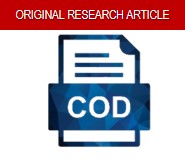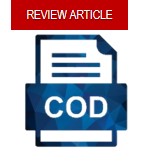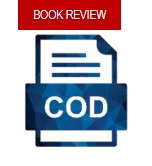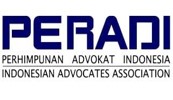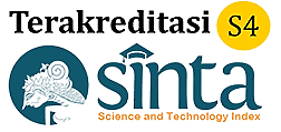Perlindungan Hukum Terhadap Nasabah Pengguna ATM
DOI:
https://doi.org/10.46924/jihk.v5i2.202Keywords:
Legal Protection, Customers, ATM UsersAbstract
This research discusses the legal protection for clients who use automated teller machines (ATMs) at the Bank BNI Biak Branch and the bank’s responsibility for losses incurred by customers during transactions. The data collection techniques utilized qualitative descriptive research with empirical and normative data analysis. The research findings indicate that legal protection for clients aligns with Consumer Protection Law Number 8 of 1999. The bank provides compensation for losses in two ways: mistakes and unlawful acts. The bank is responsible for reimbursing customer losses. Efforts to prevent legal issues are undertaken by implementing restorative justice, which includes establishing banking mediation institutions, standardizing customer complaint procedures, enhancing product information transparency, and improving consumer education. Civil disputes can be resolved through civil law processes by filing a lawsuit with the appropriate court.
Downloads
References
Fuady, Munir. Hukum Perbankan Modern. Sidoarjo: CV. Haji Masagung, 2013.
Muhammad, Abdul Kadir. Hukum Perikatan. Bandung: PT Citra Aditya Bakti, 1992.
Shofie, Yusuf. Perlindungan Konsumen. Bandung: Citra Aditya Bakti, 2000.
Simanjuntak, Agustinus. “Tinjauan Yuridis Para Pihak Dalam Transaksi Pengambilan Atau Transfer Dana Melalui Mesin Anjungan Tunai Mandiri.” Fakultas Ekonomi Universitas Petra 2, no. 2 (2012): 129.
Soekanto, Soerjono. Pengantar Penelitian Hukum. Jakarta: Sinar Grafika, 1988.
Sudaryatmo. Perlindungan Konsumen Di Indonesia. Bandung: Citra Aditya Bakti, 1999.
Susilo, Sri. Bank Dan Lembaga Keuangan Lain. Jakarta: Salemba Empat, 2000.
Syawali, Husni, and Neni Sri Imaniyati. Hukum Perlindungan Konsumen. Bandung: Mandar Maju, 2000.
UU Perlindungan Konsumen (1999).
“Wawancara Dengan Direksi Bank BNI Cabang Biak,” n.d.
Downloads
Published
Issue
Section
License
Authors who publish with this journal agree to the following terms:
- Copyright on any article is retained by the author(s).
- The author grants the journal, the right of first publication with the work simultaneously licensed under a Creative Commons Attribution License that allows others to share the work with an acknowledgment of the work’s authorship and initial publication in this journal.
- Authors are able to enter into separate, additional contractual arrangements for the non-exclusive distribution of the journal’s published version of the work (e.g., post it to an institutional repository or publish it in a book), with an acknowledgment of its initial publication in this journal.
- Authors are permitted and encouraged to post their work online (e.g., in institutional repositories or on their website) prior to and during the submission process, as it can lead to productive exchanges, as well as earlier and greater citation of published work.
- The article and any associated published material is distributed under the Creative Commons Attribution 4.0 International License



 Sinta ID:
Sinta ID: 








